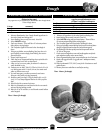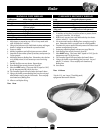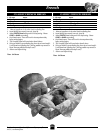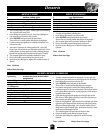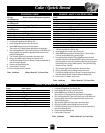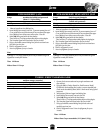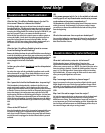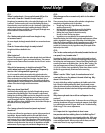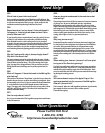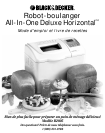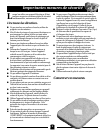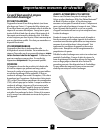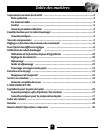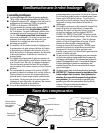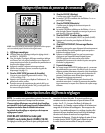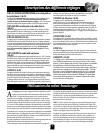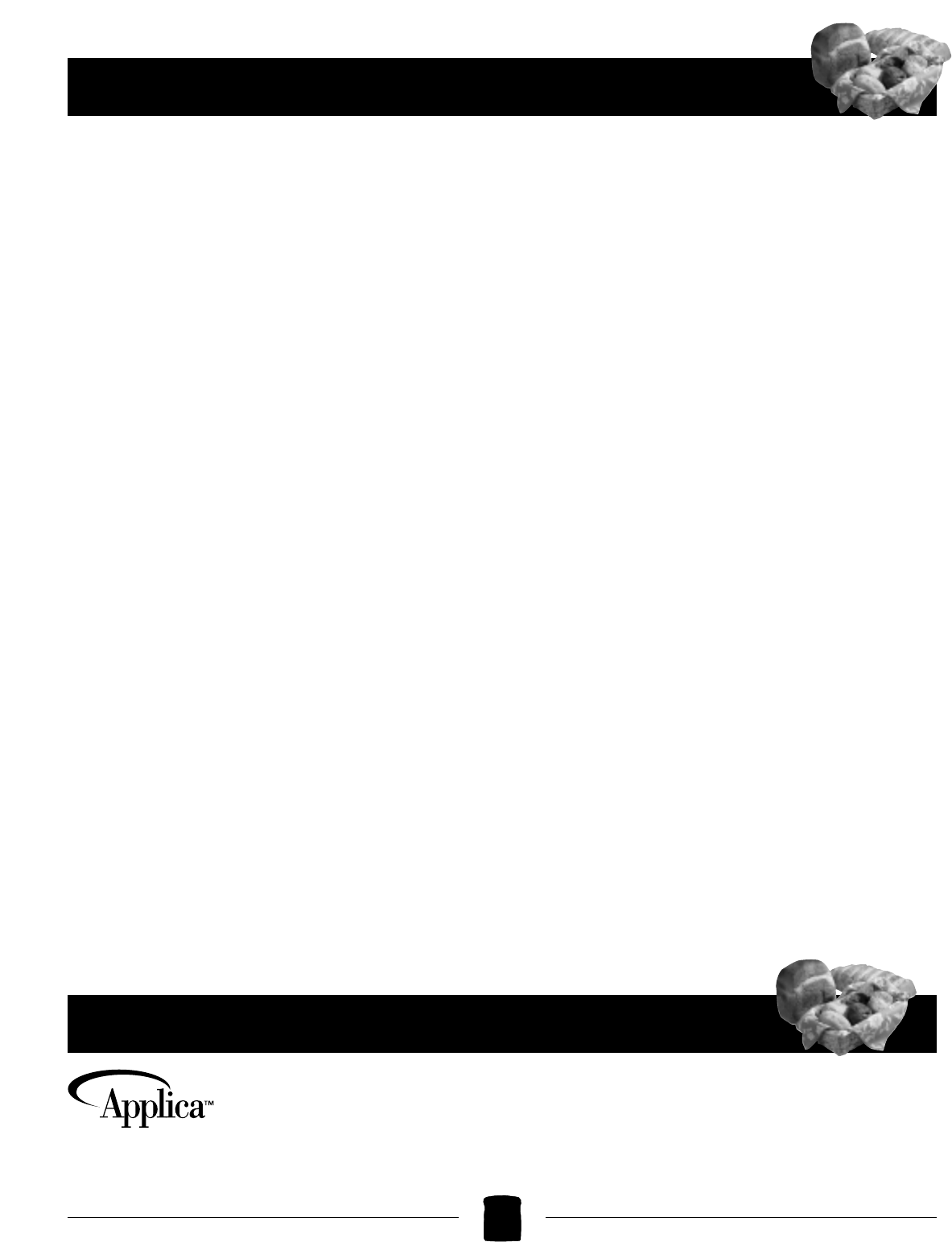
36
Need Help?
Q23:
Which kind of yeast is the best to use?
Yeast specially packaged for Bread Machines and Traditional Dry
Yeasts can all be used with good results. The most important thing
is to be sure the expiration date is not up. All the recipes in this
cookbook were developed using Traditional Dry Yeast.
Q24:
Sometimes when I cut my bread, it’s too sticky and it
falls apart or it starts to mash down and won’t slice
cleanly. What can I do?
If your bread is sticky or mashes down, it may be too hot! Be sure
to allow 15 to 30 minutes for your bread to cool before slicing.
Place finished bread on a wire cooling rack to let air circulate
around it. You may want to try using an electric knife to slice bread
instead of cutting it manually. An electric knife has blades that
slide back and forth to let you slice straight through bread and
avoid mashing it down by putting pressure on the top of the loaf.
Q25:
Why did I end up with a short, dense, doughy bread?
Why didn’t the bread rise?
The most common reason for unrisen bread is the yeast. Maybe
you forgot to add the yeast. Perhaps the yeast was bad or expired
(always check expiration dates). Also, if the mixing wasn’t com-
plete, you may have rising problems. Did you check to see if the
Mixing Paddle started moving once the preheat period was fin-
ished?
Q26:
What will happen if I leave the bread in the Baking Pan
after baking?
This unit has a 60-minute “Keep Warm” cycle that lets you leave the
bread in the pan for up to an hour after baking is completed. Once
that warming cycle is over, it’s best to remove the bread immediate-
ly or the bottom of your loaf will absorb moisture and become
soggy. The soggy part of the bread will not be as tasty when it dries
out and it will go stale quickly. The sides of the bread may also
become moist and mushy.
Q27:
Can the recipe be cut in half?
No, it is not recommended.The ingredient proportions work better
in the full amounts.
Q28:
How can bread mixes be used in the machine and at
what setting?
The package instructions will list the amount of water and amount
of yeast to use. Be sure to add liquid, then dry ingredients,
followed by yeast. Remember not to allow the yeast to sit in the
liquid.The bread type setting is dependent upon the type of bread
mix being used. i.e.White bread uses the Basic Bread setting; Sweet
Bread setting is for use with dried fruit , cheese or nuts;Whole
wheat or multi-grain should use the Whole Grain setting. Crust
setting, either Light or Dark, is a personal preference.
Q29:
Why is my jam so runny?
Homemade jam often tends to be thinner than store-bought jam.
Let the jam cool in the refrigerator for 24 hours and it will thicken
as it cools. Being somewhat thinner, it will spread more easily.
Homemade jams also make good toppings for ice cream. Never
recook a batch of jam through another jam cycle. Try these sugges-
tions with your next batch: 1) Be sure fruit is not overly ripe; 2) Pat
fruit dry after washing; and 3) Use boxed pectin for even thicker
results.
Q30:
When making jam, how can I prevent fruit from splat-
tering out of the Pan during mixing?
Cut fruit into small pieces and be sure not to use larger quantities
than given in recipes. Also, form a 2” (5 cm) wide collar out of alu-
minum foil to put around the upper rim of the Baking Pan. Don’t
cover the whole Pan with foil, as this prevents moisture from escap-
ing during the cooking process.
Q31:
With some dessert recipes, like Apple Crisp, all the
apples get pushed into the corners of the Baking Pan.
How can I prevent this?
This is normal. When the “add-ingredient/stir down” signal sounds,
just smooth the slices out evenly with a rubber spatula.
Then add the topping.
Other Questions?
Please Call Us Toll Free!
1-800-231-9786
http://www.householdproductsinc.com
Applica Consumer Products, Inc.



